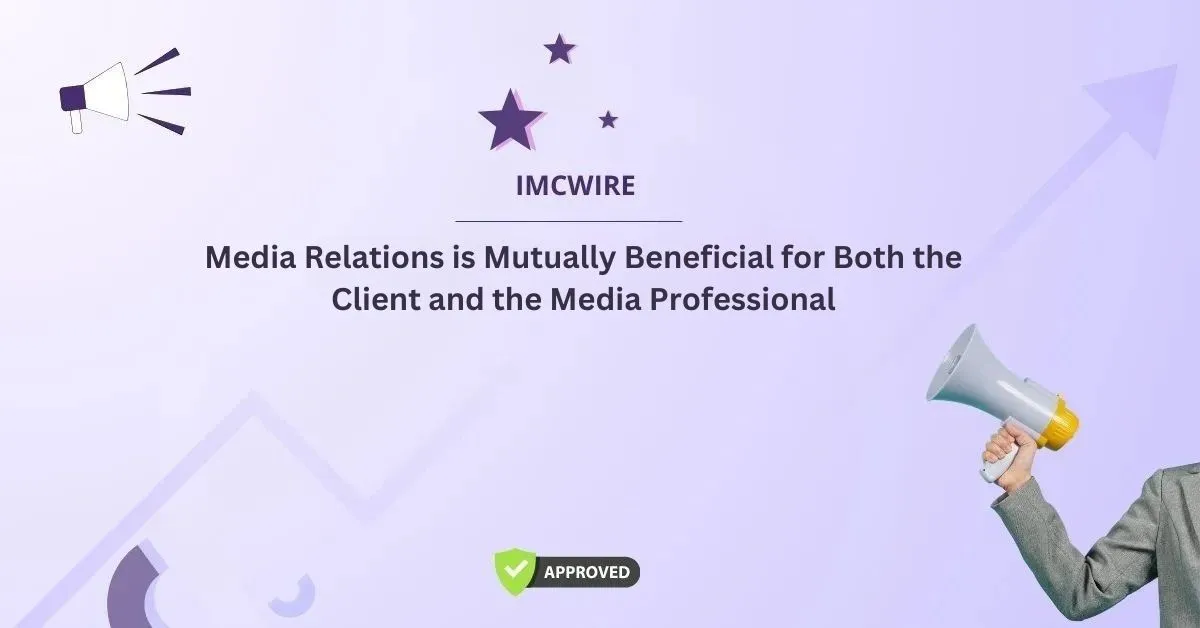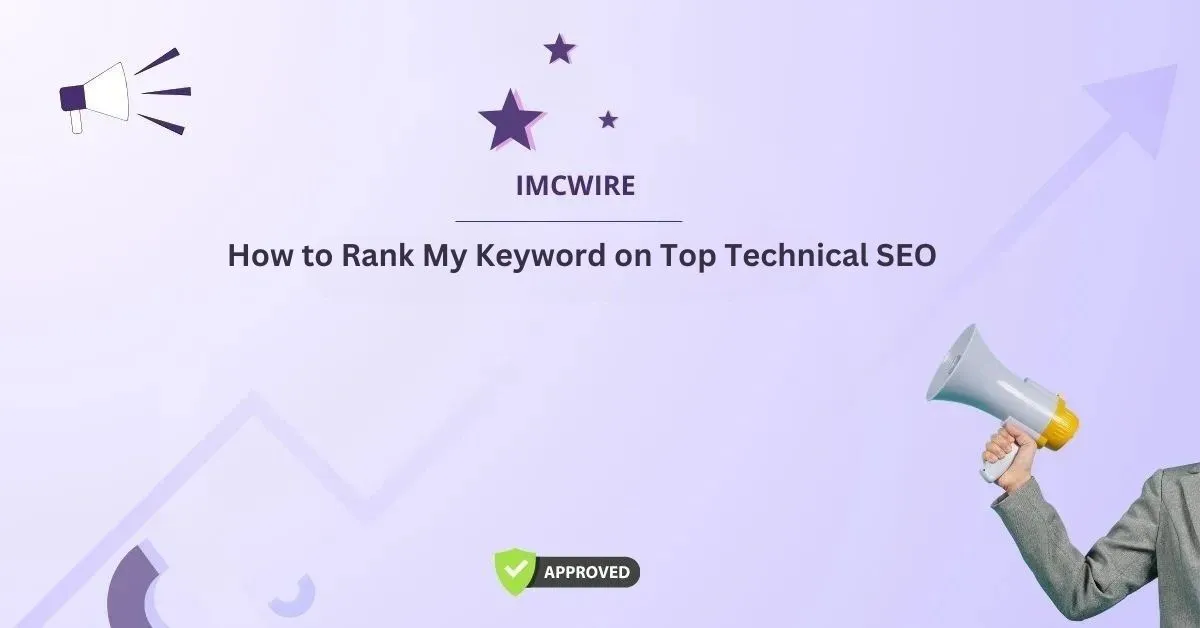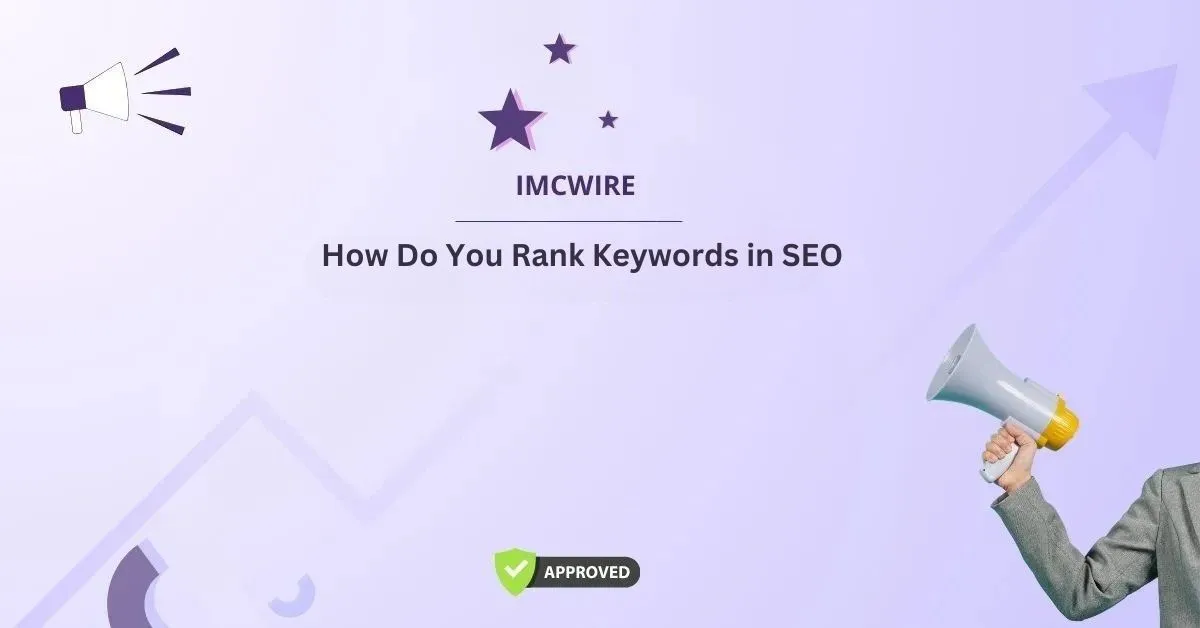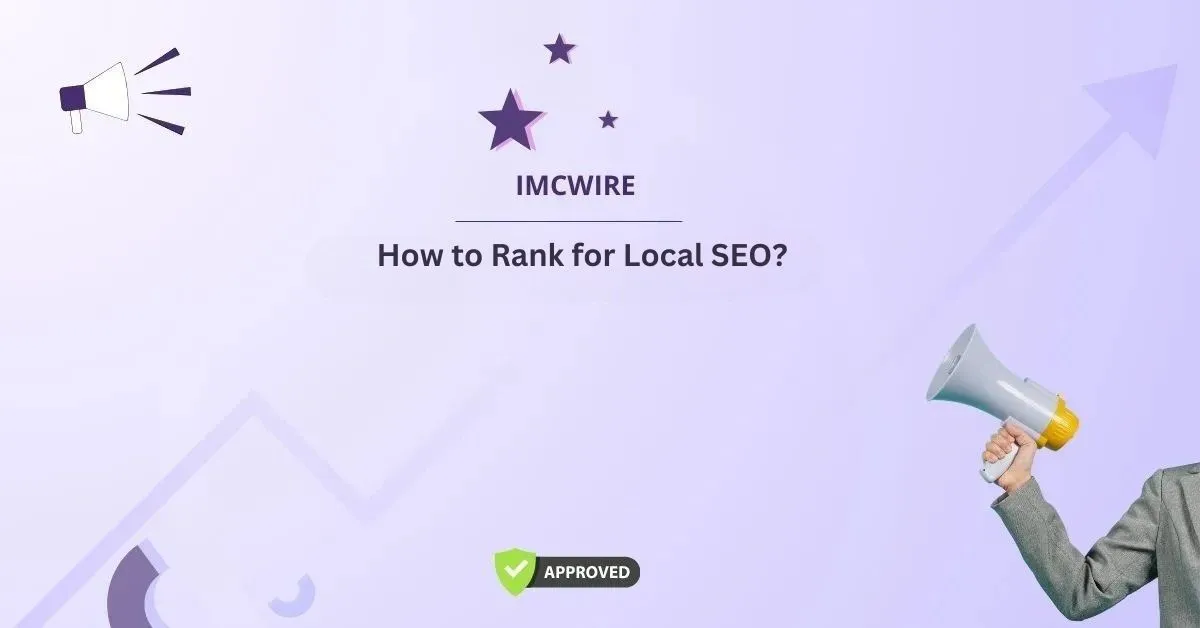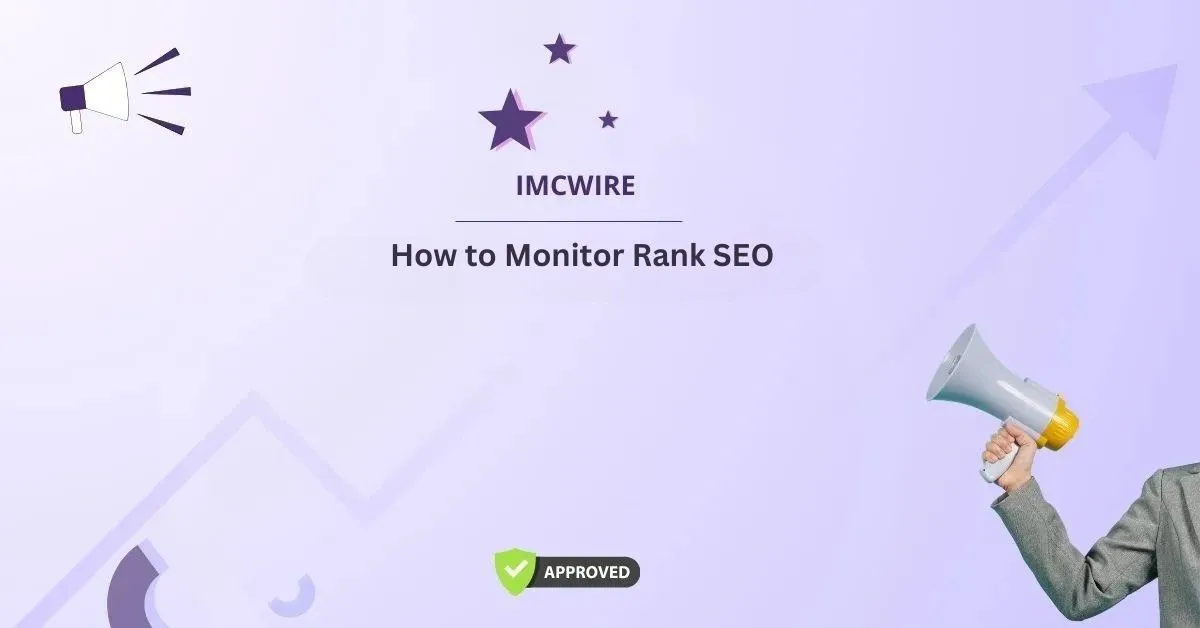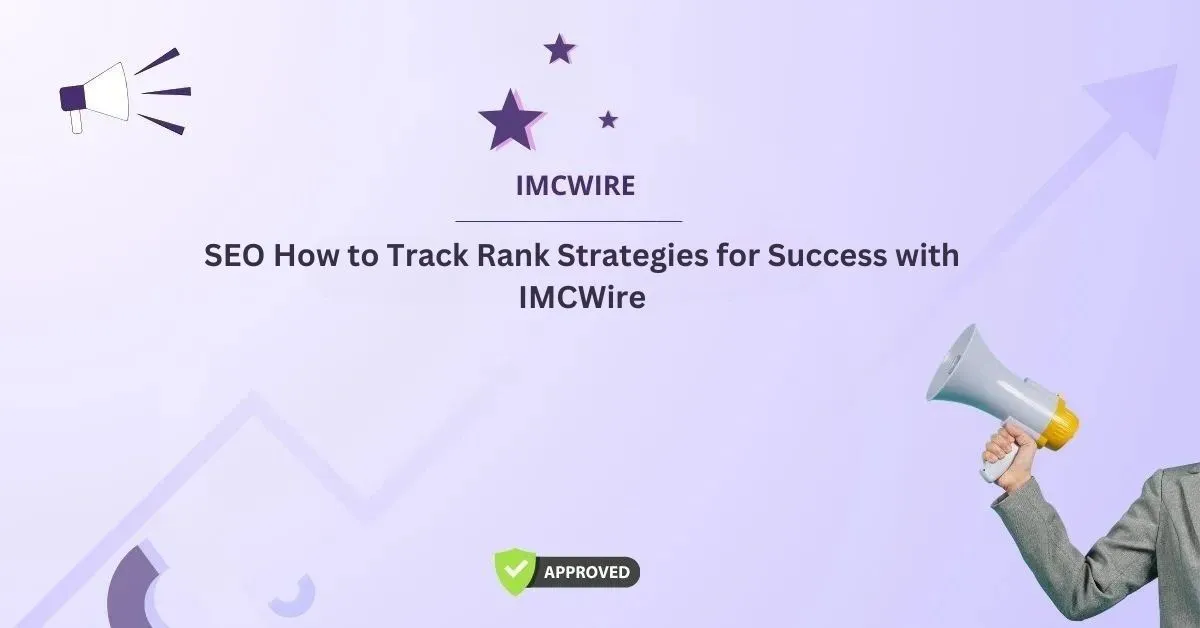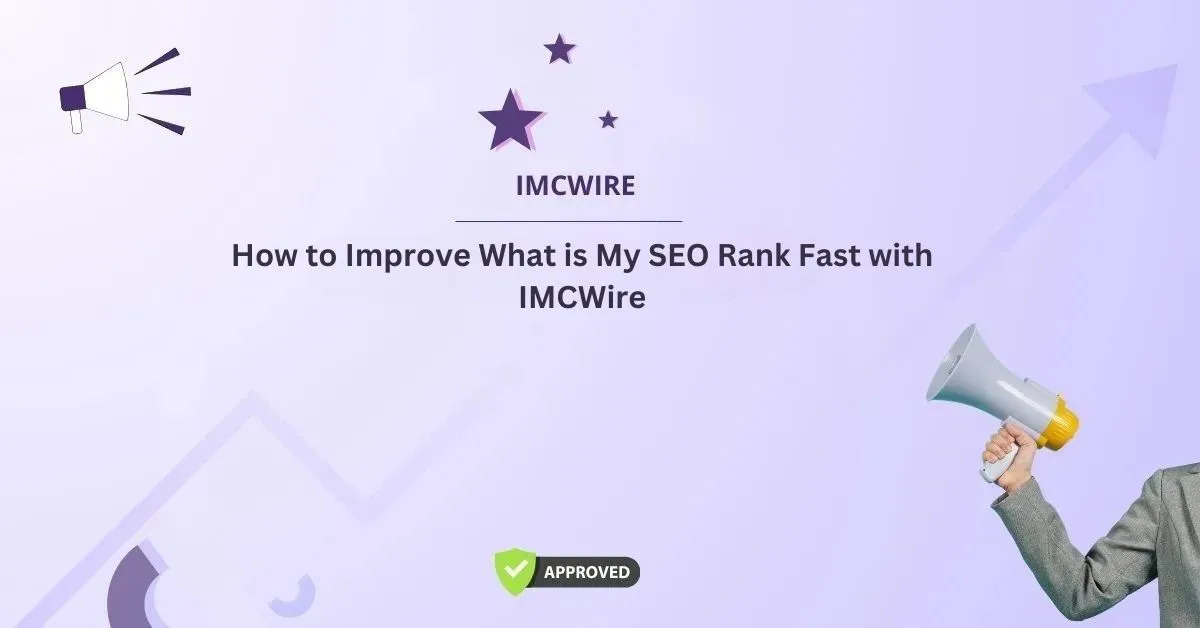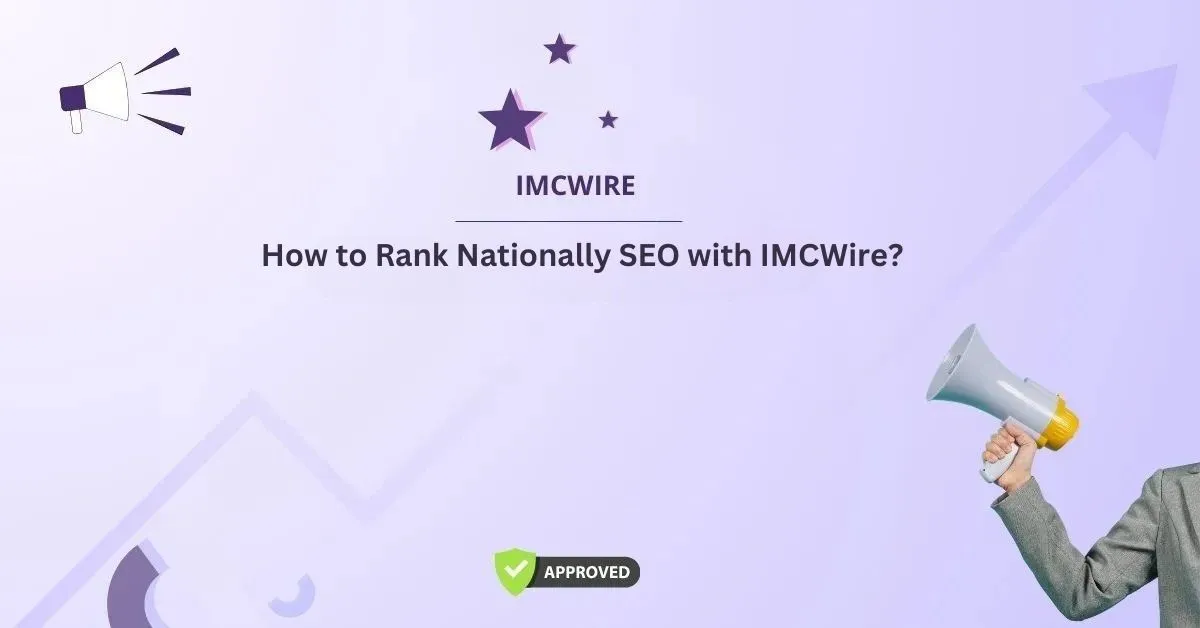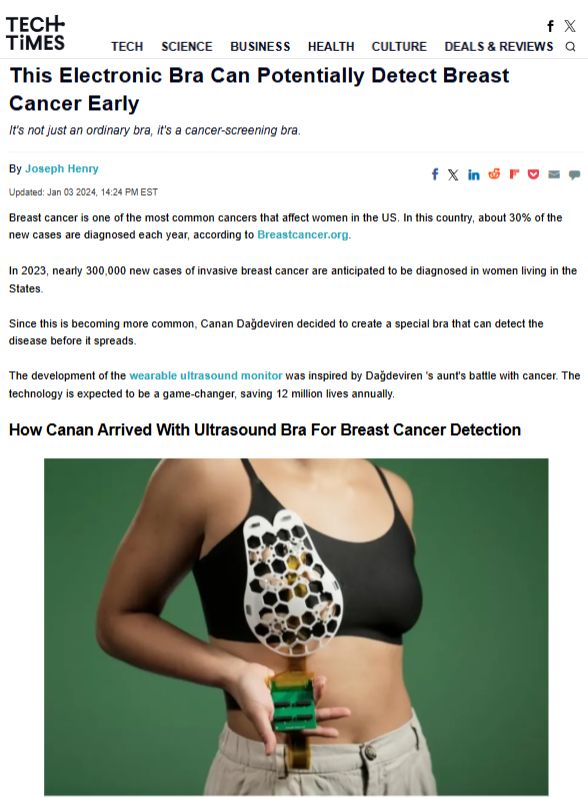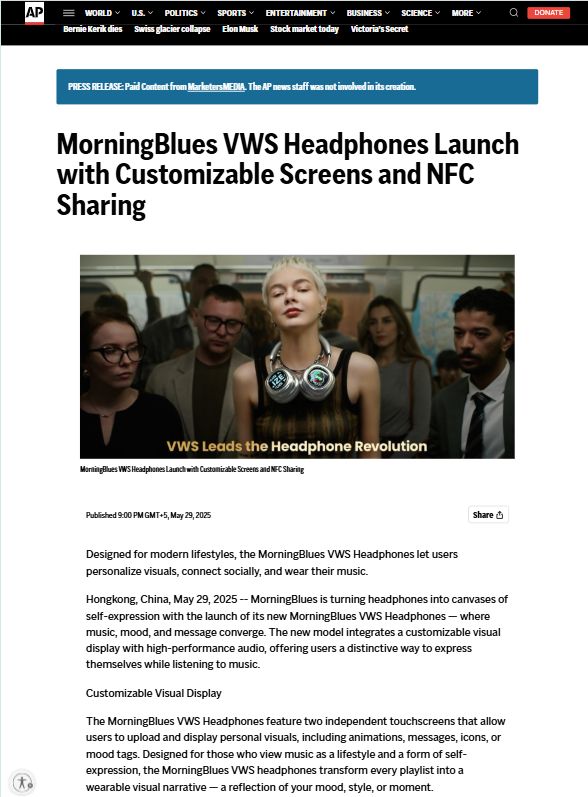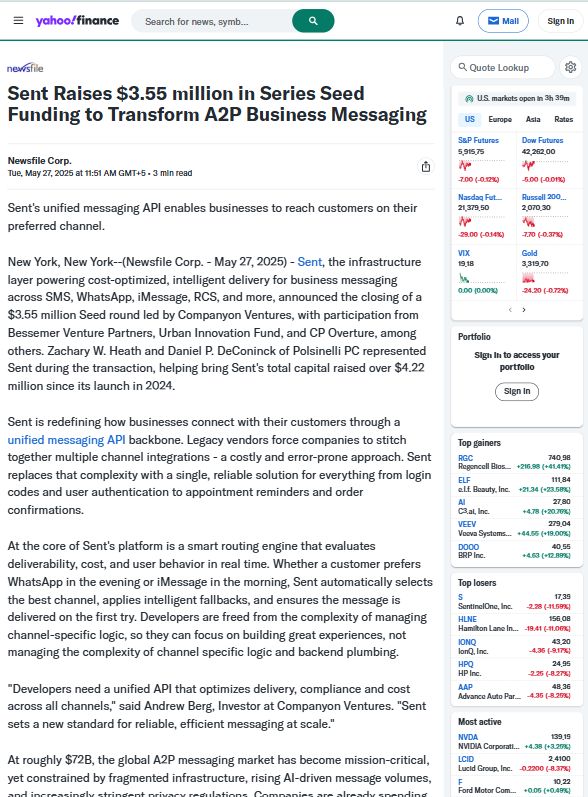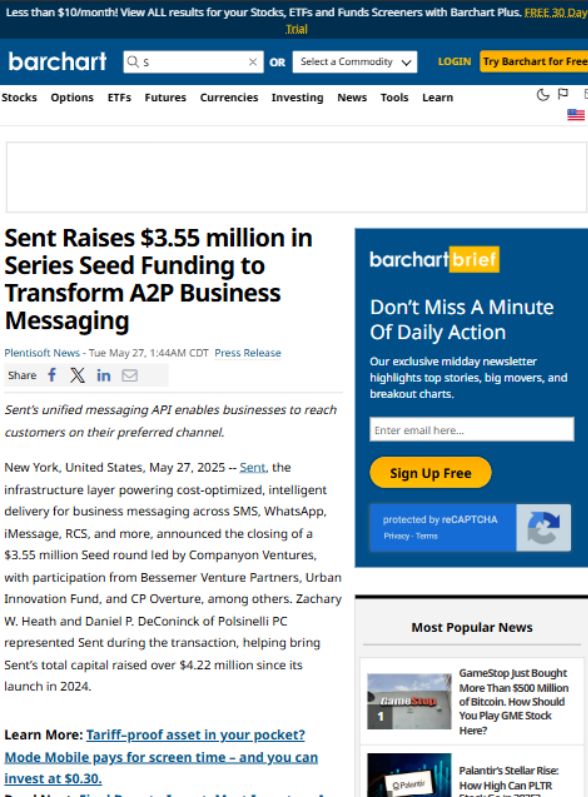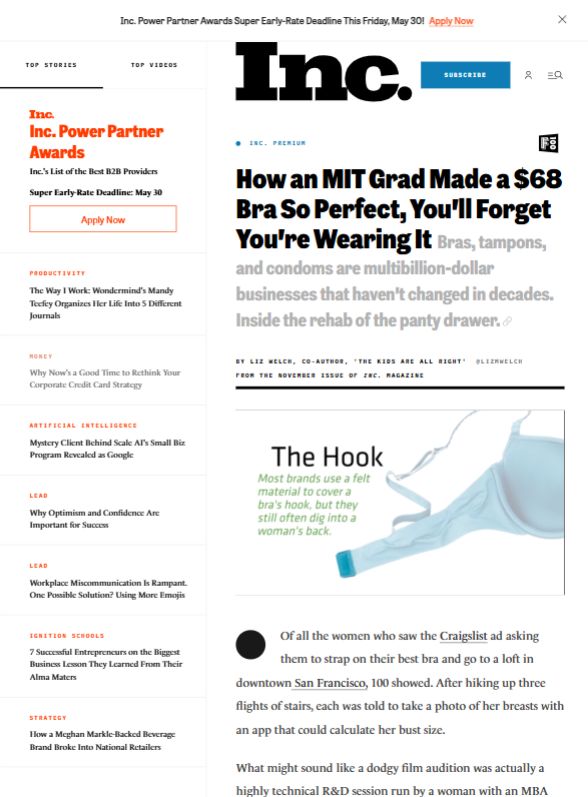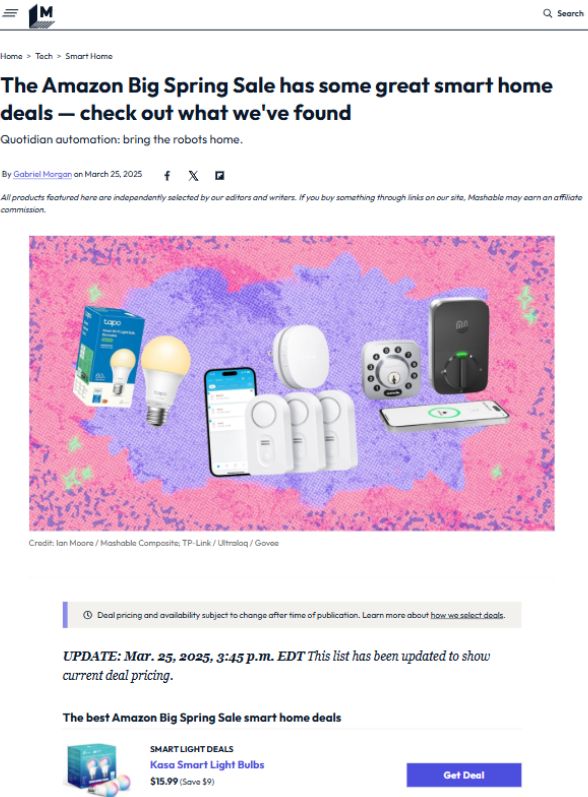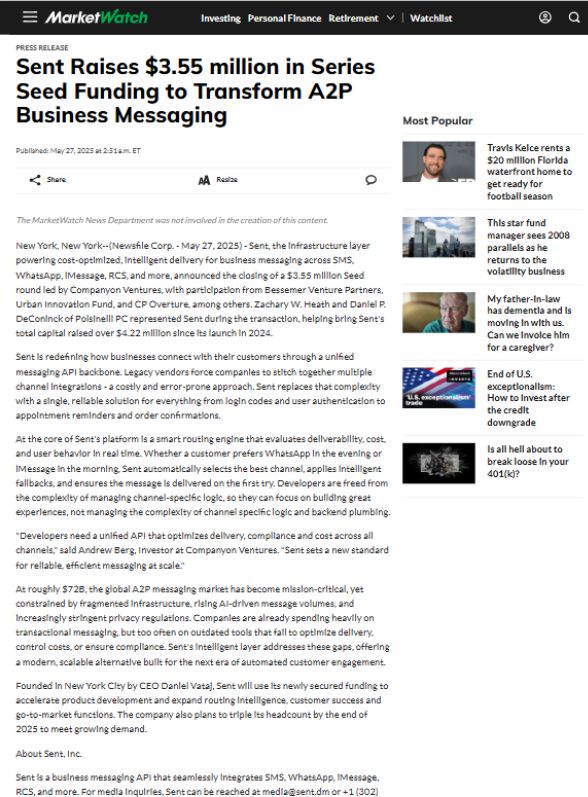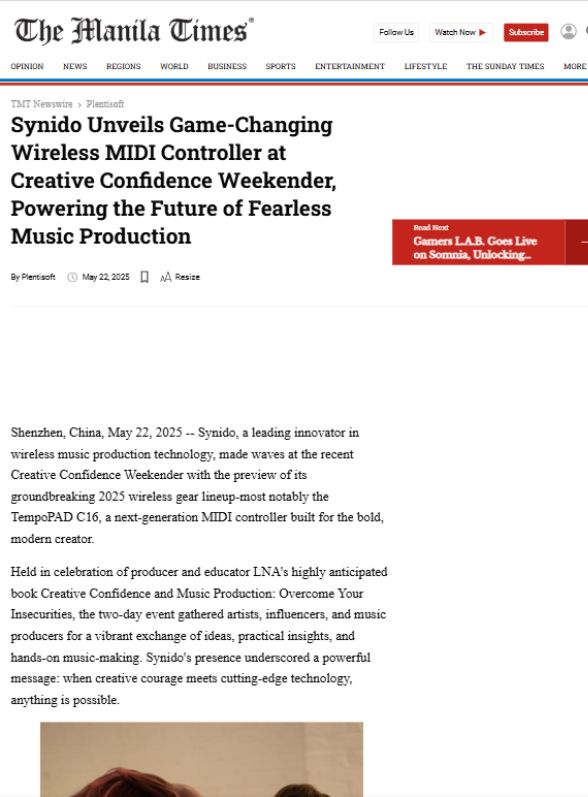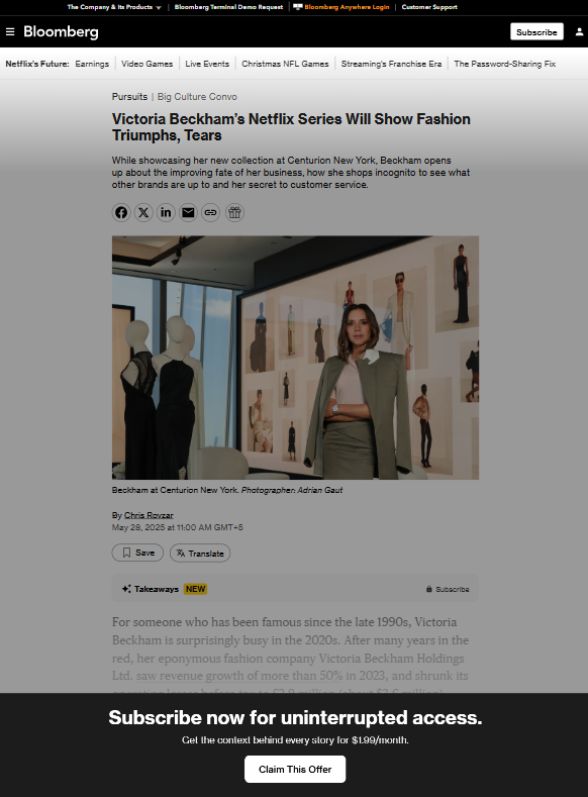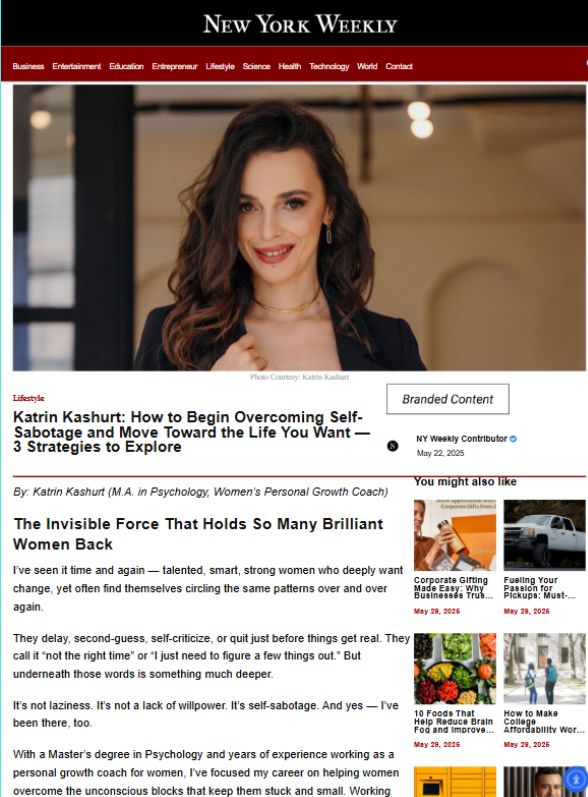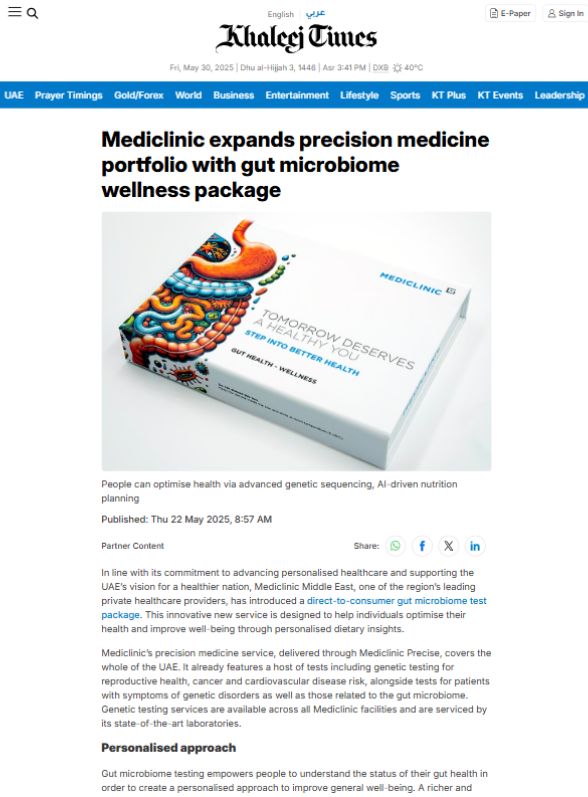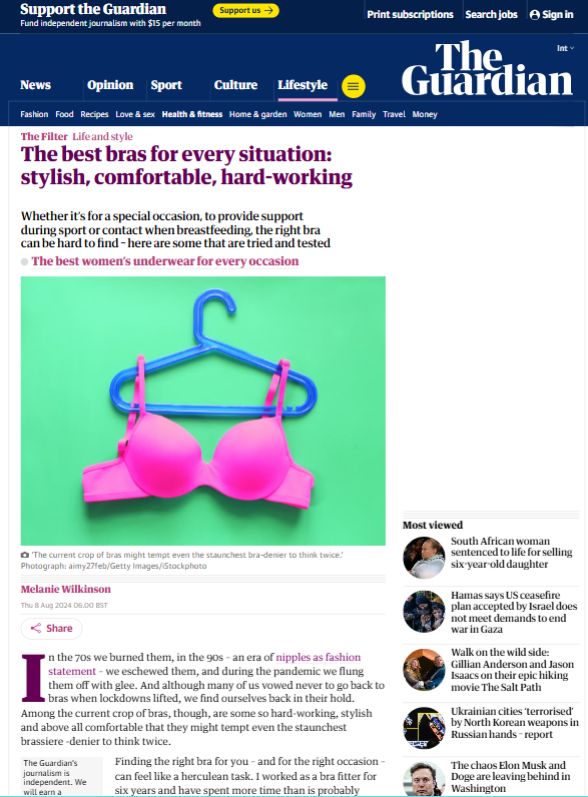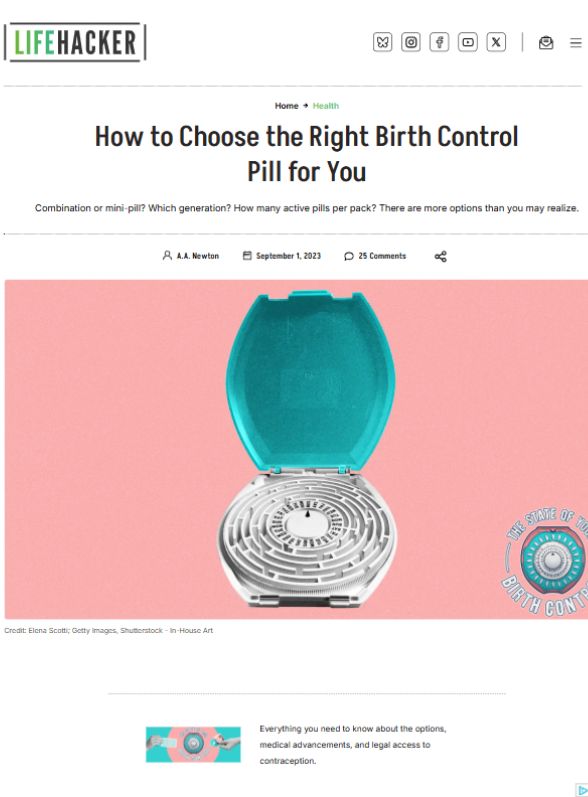In the fast-evolving landscape of communications, public relations has remained a vital strategy for shaping perception, telling compelling stories, and building brand equity. Among its many components, media relations continues to hold a central place. At its core, media relations is about creating and nurturing relationships between clients—businesses, public figures, or organizations—and media professionals, such as journalists, editors, and reporters.
But beyond simply pitching stories or managing crises, effective media relations is rooted in mutual value. When handled strategically and ethically, media relations is mutually beneficial for both the client and the media professional. This reciprocal dynamic drives not only coverage and exposure but also fosters trust, credibility, and professional collaboration that stands the test of time.
Let’s explore the different layers of how this symbiotic relationship works, what makes it successful, and why it is essential in today’s integrated marketing and communication strategies.
Table of Contents
Understanding Media Relations
Media relations refers to the practice of working with members of the media to communicate a client’s messages to the public. It involves press releases, media pitches, interview coordination, crisis communications, media training, and more. While some may confuse it with publicity, media relations is much more strategic, relationship-driven, and long-term focused.
When it’s done right, media relations is not just about securing coverage. It’s about building a collaborative relationship where each party benefits and trusts the other’s input and intentions.
The Client’s Perspective: Why Media Relations Matters
From the client’s standpoint, media relations is a strategic tool for several reasons. Most importantly, it enhances visibility, credibility, and authority in the market.
1. Increased Brand Awareness
Securing earned media coverage is one of the most effective ways for a brand or personality to increase their visibility. Whether through news features, interviews, guest columns, or product announcements, media placements help clients reach broader audiences.
2. Credibility and Trust
Earned media is generally more trusted than paid advertisements. When a journalist covers a story, it adds third-party validation to the client’s message, which can significantly influence public opinion and decision-making.
3. Thought Leadership
Strategic media relations help position clients as thought leaders. Through op-eds, expert commentary, and interviews, clients can demonstrate their expertise and insights on relevant issues, adding authority to their voice.
4. Crisis Mitigation
When reputational risks emerge, existing relationships with media professionals can prove invaluable. A client who has invested in positive, transparent relationships with the press is more likely to receive fair coverage or even support when dealing with a public crisis.
5. Business Growth
Increased exposure leads to new business opportunities, partnerships, funding, and customer acquisition. Media coverage often acts as a catalyst for business expansion by bringing new stakeholders into the fold.
Clearly, the client gains significant advantages from well-executed media relations. But what about the other side?
The Media Professional’s Perspective: Why They Value Good Clients
Just as clients rely on the media for exposure and reputation building, media professionals also benefit from maintaining strong relationships with reliable sources. This is where the idea that media relations is mutually beneficial for both the client and the media professional becomes most apparent.
1. Access to Reliable and Newsworthy Content
Journalists work on tight deadlines and are constantly seeking compelling, accurate, and timely stories. PR professionals who represent clients are often their primary sources for such material. A trustworthy PR contact can provide data, access to experts, quotes, and clarity—making a reporter’s job much easier.
2. Saves Time and Resources
Having a go-to contact within a company or agency saves time for journalists. They can quickly verify facts, arrange interviews, or get background information. This efficiency improves the quality and speed of their reporting.
3. Maintains Objectivity Without Losing Access
While journalistic integrity requires objectivity, a well-managed relationship with a PR professional doesn’t compromise it. Instead, it facilitates transparency, context, and completeness in stories—something that ultimately benefits the reader or viewer.
4. Diverse Story Angles and Human-Interest Pieces
Clients often have untapped stories beyond just promotional content. A media-savvy PR partner helps uncover and frame these stories in ways that make them relevant for editorial coverage. This helps media professionals provide well-rounded, engaging content to their audience.
5. Building a Network of Experts
Media professionals are always on the lookout for credible experts to interview or quote. Long-term media relations give journalists access to a network of thought leaders they can call upon for insights across a range of topics, industries, and developments.
Ultimately, journalists are under pressure to produce content that is accurate, timely, and engaging. Clients who offer transparent and cooperative communication make that job significantly easier.
The Role of Trust and Ethics in Media Relations
One of the defining aspects of a successful media relationship is trust. For this reason, ethical conduct is crucial.
PR professionals must avoid misleading the media, manipulating facts, or pushing irrelevant content. On the other hand, media professionals must represent the client fairly and objectively. Both sides are custodians of public trust, and their collaboration should reflect that responsibility.
Building credibility takes time, consistency, and professionalism. Once established, trust allows both parties to operate smoothly, anticipate each other’s needs, and collaborate proactively.
Media Relations in the Digital Era
The rise of digital media has significantly expanded the ways in which media relations can be practiced. Traditional newspapers and TV broadcasts are no longer the sole focus. Today, media includes digital publications, blogs, podcasts, influencer networks, YouTube channels, and social media platforms.
This transformation has only increased the relevance of media relations. A story now has the potential to reach millions more people through digital amplification. Furthermore, clients now need a multichannel approach to remain relevant, while journalists often seek multimedia content to enrich their storytelling.
In the digital age, media relations is mutually beneficial for both the client and the media professional in even more tangible ways:
- Clients get wider exposure, SEO benefits, and multimedia storytelling.
- Media professionals get a stream of fresh, relevant content in multiple formats—from video soundbites to written quotes to social media snippets.
Best Practices for Mutually Beneficial Media Relations
To ensure a truly symbiotic relationship, both clients and media professionals should commit to best practices that promote collaboration:
1. Clear and Honest Communication
Clients and PR representatives should offer transparent, timely, and accurate information. Journalists should be upfront about the context of the story, deadlines, and expectations.
2. Respect for Each Other’s Workflows
Understanding how each side operates helps avoid friction. PR professionals should respect editorial independence, and media professionals should honor agreed-upon embargoes or exclusives.
3. Timeliness and Responsiveness
In the fast-paced world of news, timing is everything. Clients must be accessible and prepared to offer timely responses. Media professionals, in turn, should respect the client’s need for preparation time when possible.
4. Relationship Building Beyond Transactions
Great media relations go beyond the press release. PR professionals and journalists who take time to understand each other’s goals, challenges, and interests are more likely to collaborate effectively.
5. Provide Real Value
A strong story, a compelling angle, or a thought-provoking quote is more valuable than a sales pitch. The most beneficial media relationships are built on substance, not spin.
The Future of Media Relations: Evolving, Yet Essential
As technology, consumer behavior, and media consumption evolve, the tactics and tools of media relations will continue to adapt. But the principle remains the same: media relations is mutually beneficial for both the client and the media professional when approached strategically and ethically.
In the future, data-driven storytelling, AI-generated insights, and immersive content (like AR and VR) will increasingly become part of media relations strategies. Clients and media professionals who remain adaptable and invested in meaningful relationships will be better positioned to leverage these innovations.
In conclusion, the power of media relations lies not just in its ability to generate coverage but in its capacity to connect, build trust, and deliver value to all parties involved. For clients, it’s a pathway to visibility and credibility. For media professionals, it’s a pipeline of quality content and reliable access. When these goals align, the relationship becomes more than a professional courtesy—it becomes a cornerstone of modern communication.

